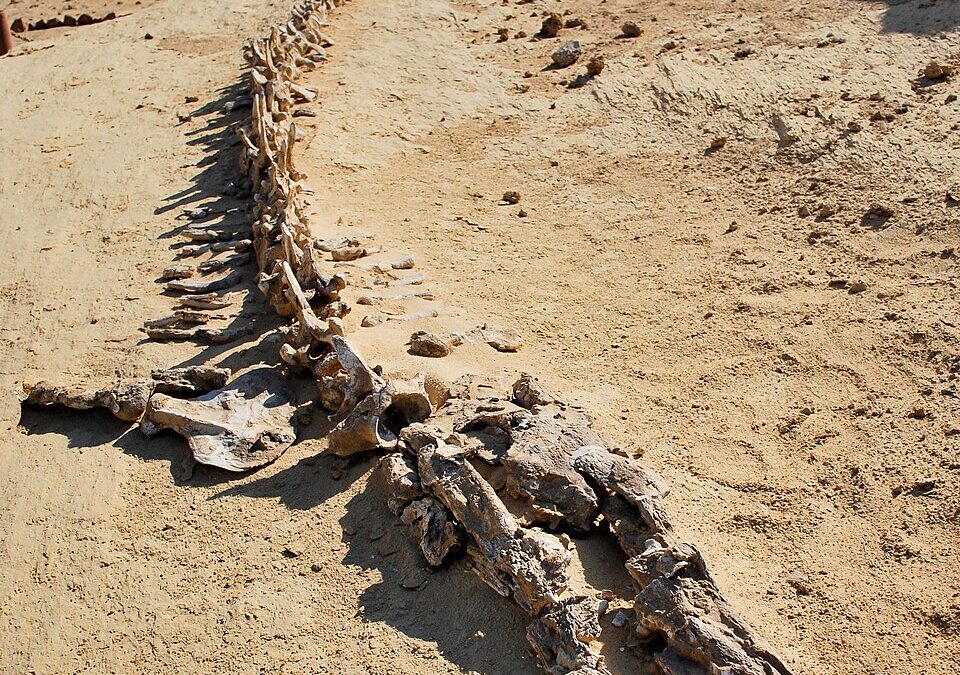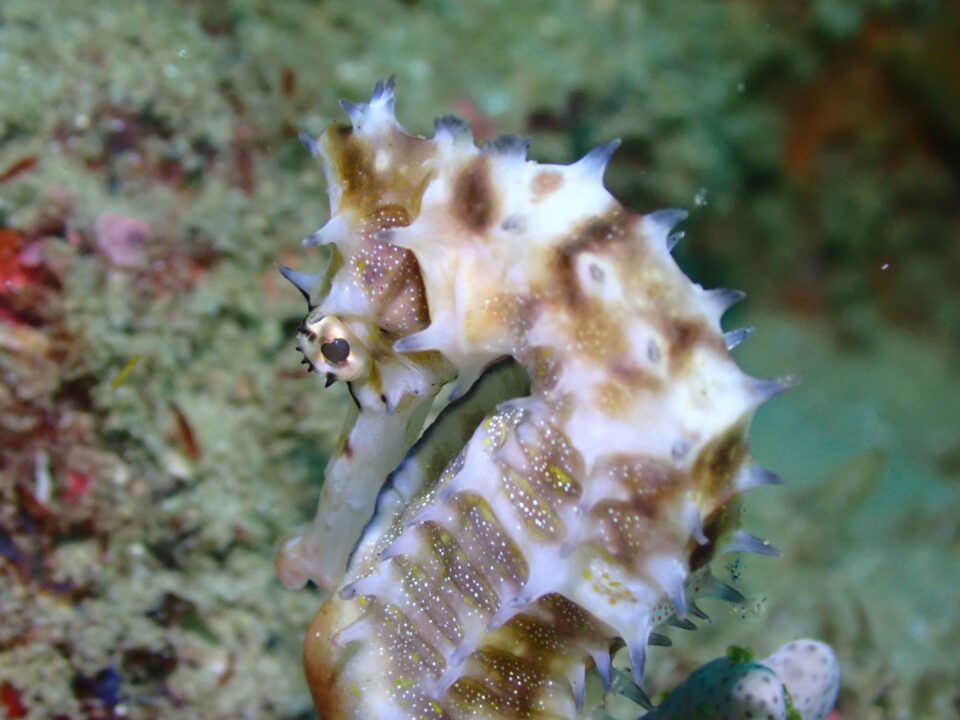
BWB – Underwater meadows
November 20, 2025
17.11.2025 – Grief of a mother
November 24, 2025BWB – What fossil discoveries in marine mammals reveal about the evolution of species

Fossil discoveries play a central role in understanding the evolution of marine mammals. This group of animals includes whales, dolphins, seals, manatees, and otters. Their ancestors originally lived on land but returned to the sea over the course of evolution. This required an extraordinary process of adaptation, which is well documented by numerous fossils.
Particularly impressive are the fossils of early whales, the so-called Archaeoceti. Species such as Pakicetus and Ambulocetus show transitional forms between land-dwelling hoofed animals and fully marine whales. Their skeletons still display hind limbs and features for walking, but also early adaptations for swimming.
Finds such as Basilosaurus make it clear that the body structure gradually adapted to life in the water. The legs shrank into rudimentary bones, while fins and streamlined bodies developed. Such fossils document step by step the transition from land animal to marine mammal.
Similar transitional forms can be traced in seals. Fossils of Puijila darwini, an approximately 24-million-year-old animal from Canada, reveal a mixed stage between a terrestrial predator and a modern seal. It was able to walk on land as well as paddle in the water.
Fossils of manatees, in turn, illustrate how herbivores adapted to life in the sea. Early forms such as Pezosiren still had hind limbs and probably lived in shallow coastal waters.
These findings show that evolution is not a sudden event but a slow, gradual process. By analyzing bones, teeth, and even fossilized traces, scientists reconstruct not only evolutionary lineages but also the lifestyles and environmental conditions of earlier times.
© Skeleton of B. isis at Wadi El Hitan
By Fatima Kutzschbach



